Rizal Philippines
March 7, 2016
The bedlam and confusion at the finish line, and the cheating that goes on can be minimized by having RFID timing system.
Better system organization needed
While there are plenty of staff, more training and observance of processes to ensure fairness and sportsmanship is needed. Many riders took advantage of the loophole:
1. Lack of scrutineering of bikes. While the application form specified tire size of not lower than 2.0, there were many bikes which had narrower, lighter tires. Unfair.
2. More system needed in monitoring loops completed . There should be 2 recorders of per rider who passed by all ready. This was done at the loop finish, but there should be another one at the diversion because he could have picked up the ribbons on the road, dropped by other riders and made a short cut. And then the number of ribbons should have been checked at the finish line, even at random, and checked vs the written record.
An RFID monitoring system (but this would be expensive to have the transponder (meron bang for rent) and a race monitoring software should be made available. This post said that the reusable RFID chip cost only $5 each. This would reduce need for manpower, reduce confusion and bedlam, protest at finish line, anwarding
From Webscorer - Recommended Set Up for Chip Timing
Webscorer version2.1
Rfid Timing (list of suppliers)
PDF low cost RFID timing device for bike race
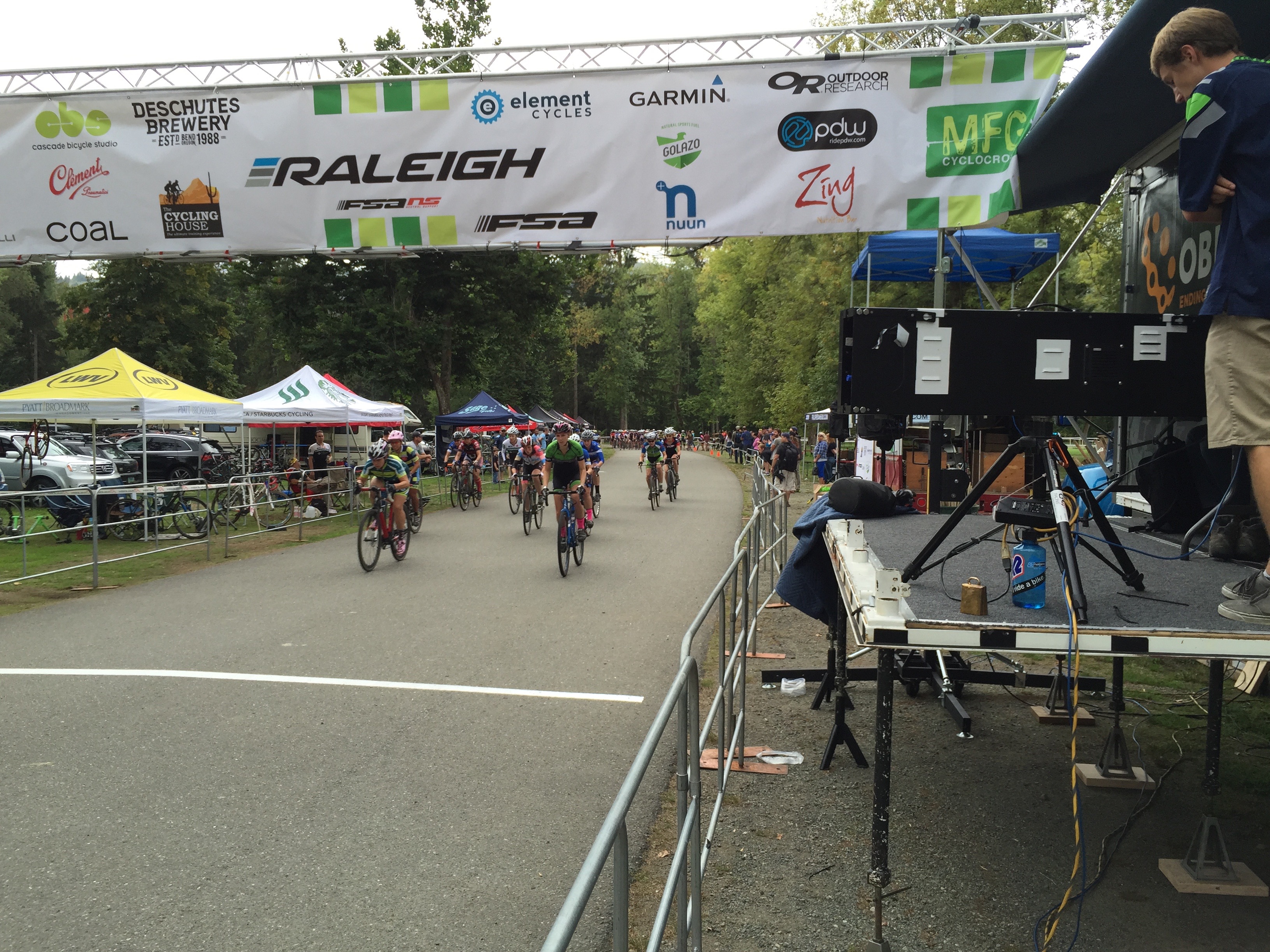
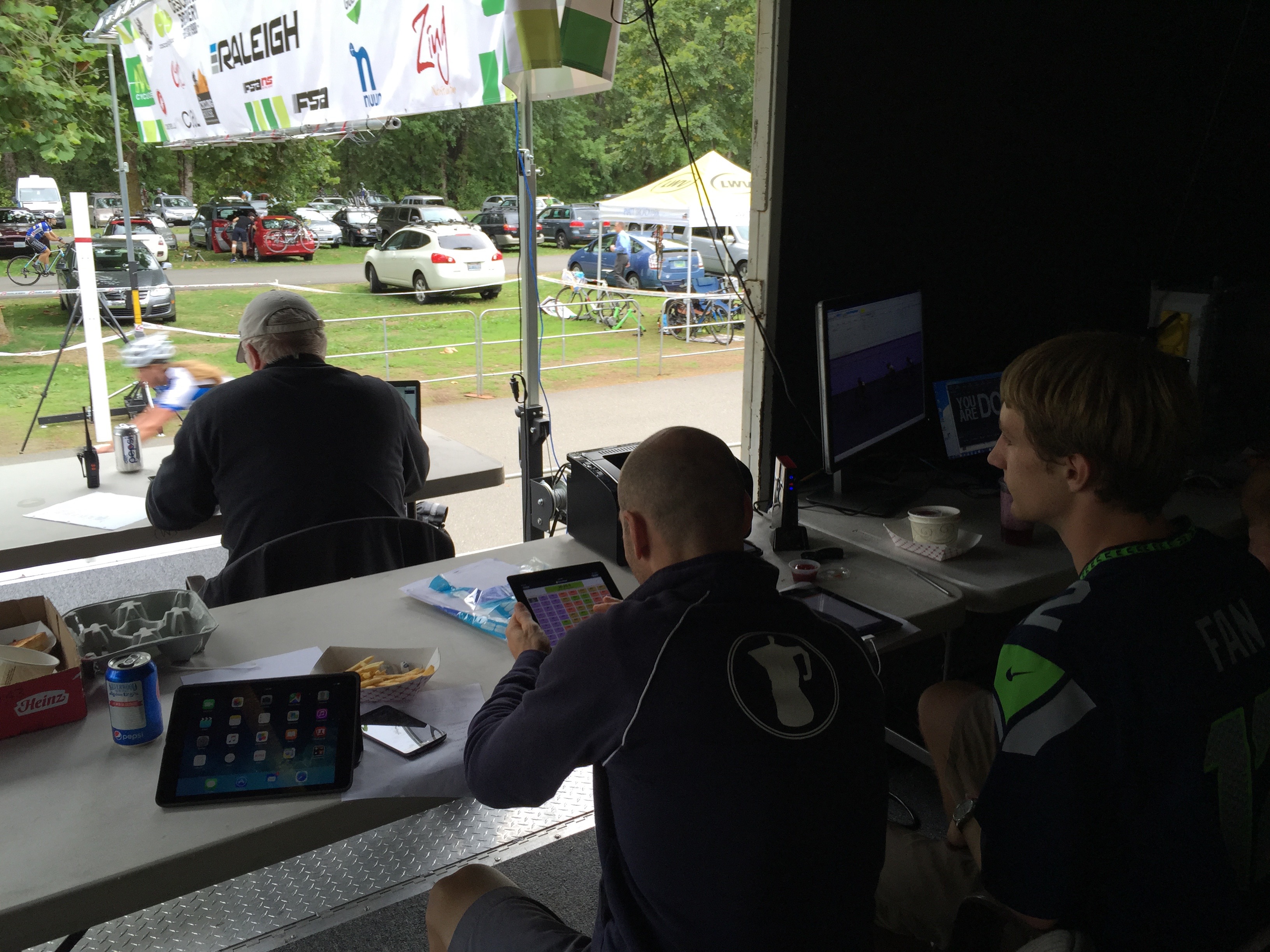
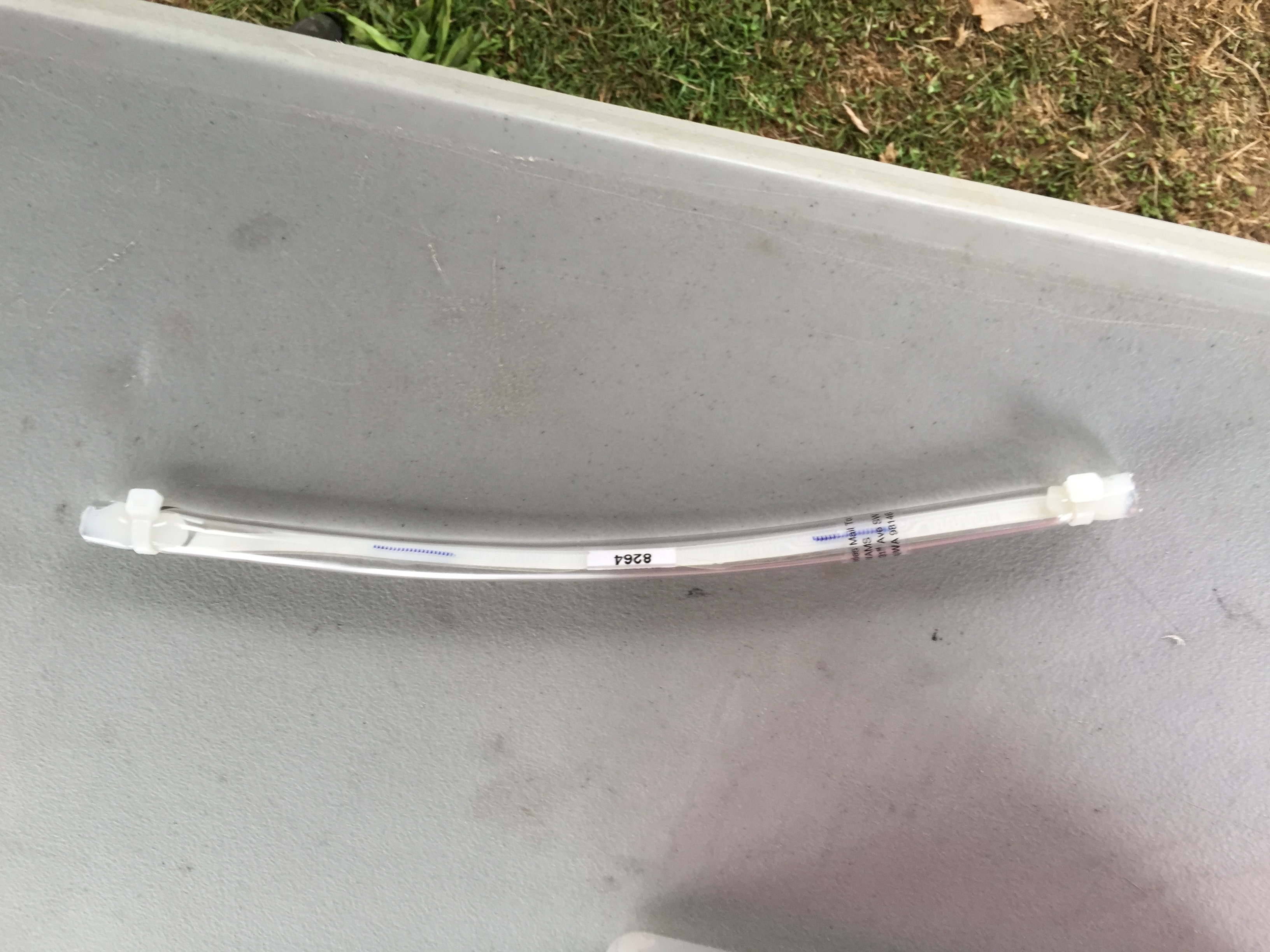
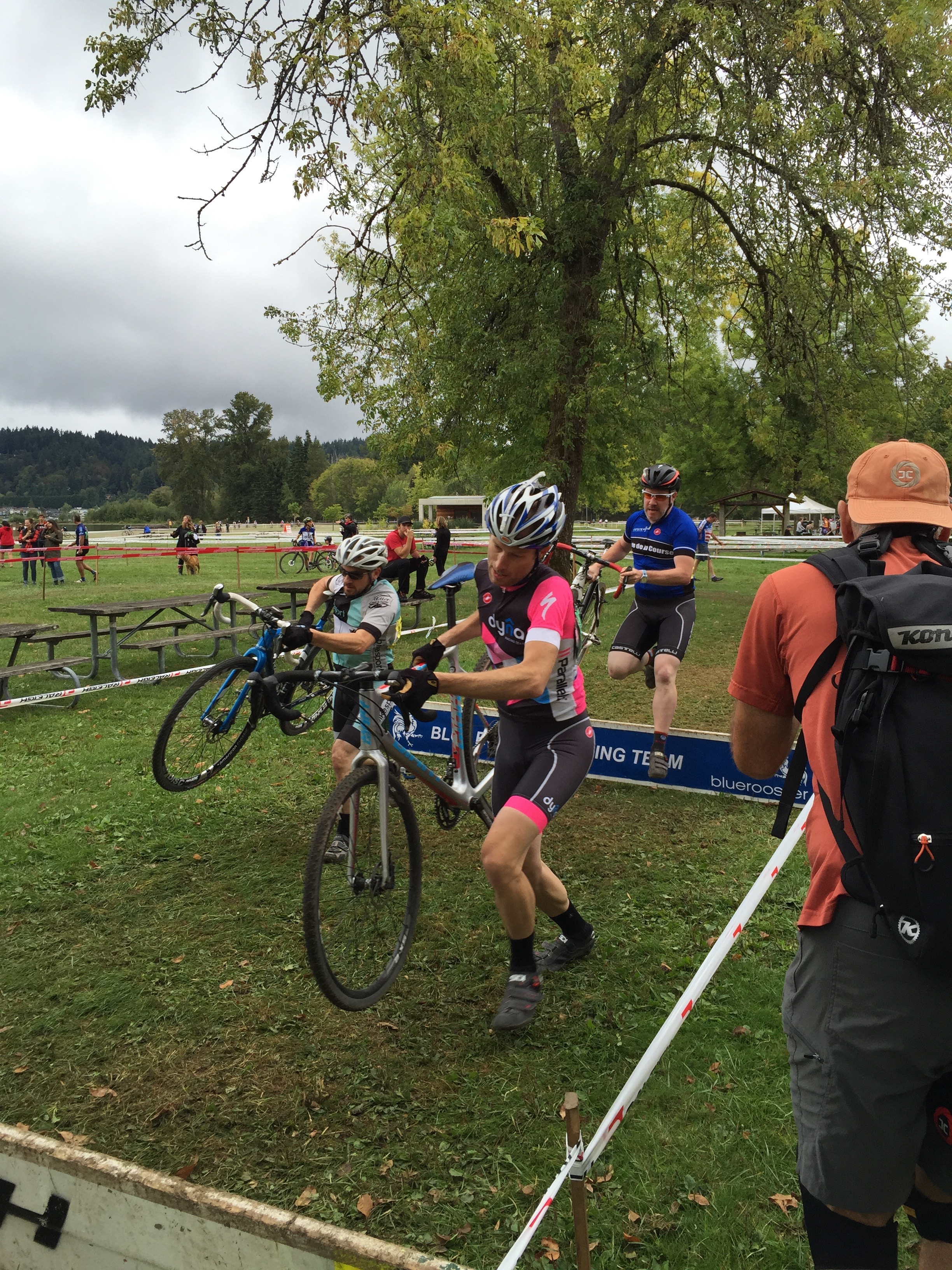
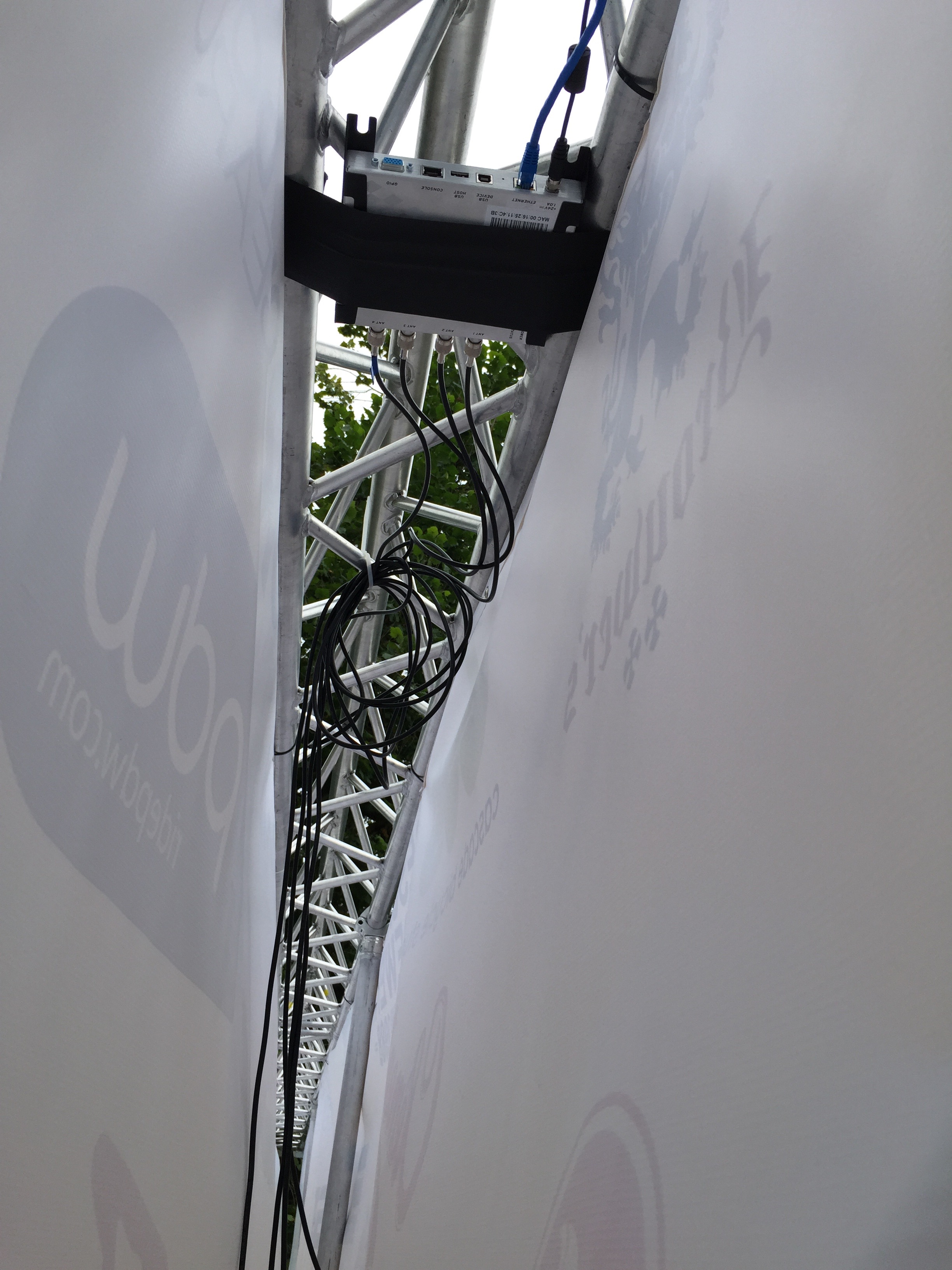
The new LLRP chip-timing support in Webscorer PRO 2.1 was thoroughly tested at the 2nd biggest cyclocross series in the world - MFG Cyclocross in Seattle, WA. A total of 42 heats in 6 day-long events across 28 categories and 1755 racers:
Cyclocross is arguably the most challenging race format for timing:
- Two of the events had more than 1050 racers
- Wave starts by category (of up to 102 racers per wave)- Each racer doing 4-8 laps
- Lap length is just 6-8 minutes
- Wave starts by category (of up to 102 racers per wave)- Each racer doing 4-8 laps
- Lap length is just 6-8 minutes
After years of trial & error, they’ve perfected the RFID chip / antenna end of things to near 100% reliability - Webscorer adds the online & onsite registration, lap counting, lap times, website results & automated series points calculation.
Here’s their RFID setup (pricing in USD):
$1,585 - One Impinj 4-port RFID reader
http://www.atlasrfidstore.com/impinj-speedway-revolution-r420-uhf-rfid-reader-4-port/ $1,460 - Four Impinj threshold antennas
http://www.atlasrfidstore.com/impinj-threshold-lp-indoor-rfid-antenna/ $52 - Four LMR-195 20-ft antenna cables
http://www.amazon.com/Times-Microwave-Connectors-LMR-195-Antenna/dp/B00K8AVRQ8 $10 - One Ethernet Cat5e cable 50-ft
http://www.amazon.com/Mediabridge-Cat5e-Ethernet-Patch-Cable/dp/B001W26TIW/ $16 - One Power-over-ethernet adapter
http://www.amazon.com/TP-LINK-TL-PoE150S-Gigabit-Injector-compliant/dp/B001PS9E5 $38 - One Linksys WiFi router
http://www.amazon.com/Linksys-Wireless-Including-Parental-E1200/dp/B004T9RR6I
http://www.atlasrfidstore.com/impinj-speedway-revolution-r420-uhf-rfid-reader-4-port/ $1,460 - Four Impinj threshold antennas
http://www.atlasrfidstore.com/impinj-threshold-lp-indoor-rfid-antenna/ $52 - Four LMR-195 20-ft antenna cables
http://www.amazon.com/Times-Microwave-Connectors-LMR-195-Antenna/dp/B00K8AVRQ8 $10 - One Ethernet Cat5e cable 50-ft
http://www.amazon.com/Mediabridge-Cat5e-Ethernet-Patch-Cable/dp/B001W26TIW/ $16 - One Power-over-ethernet adapter
http://www.amazon.com/TP-LINK-TL-PoE150S-Gigabit-Injector-compliant/dp/B001PS9E5 $38 - One Linksys WiFi router
http://www.amazon.com/Linksys-Wireless-Including-Parental-E1200/dp/B004T9RR6I
$3,161 - RFID system cost
The antennas are placed overhead in a custom-made truss system that provides for an 8-meter wide finish:
$520 - Two Global Truss USA ST-132 med duty lift towers$920 - Four segments of Global Truss F32 I-Beam Truss
$1,440 - Truss system cost
They use a custom-made reusable RFID chip that does not contain a battery (picture attached) attached to the rider’s helmet. We had 100% tag detects with up to 80 riders going under the antennas as a peloton at the start. The chips cost $5 each in low quantities - $4 each with volume discounts. This is the key to the affordability of the setup - active RFID chips (with a battery) cost typically $30 or more per chip. And no anxiety for the riders about when the chip battery runs out.
Key benefits of this setup:
1. Each chip contains two RFID tags for better detection & redundancy (programmed to the same chip ID)
2. For 100% waterproofing, the tags are placed inside a sealed plastic tube
3. Chip location in the helmet prevents interference from metal parts of the bike
4. The chip will pass very close (within 4-5 feet) of the antennas for reliable reads
5. Orientation of the antennas (pointing down) provides better timing accuracy:
- The antennas will read the chip +/- 2 feet of the antenna at helmet height
- A rider traveling at 22 miles/hour will cover 3.3 feet in 0.1 seconds
- Hence timing accuracy is roughly 0.1 seconds
- The order of finish is correct unless riders are within 3 feet (a bit more than a wheel-length apart)
1. Each chip contains two RFID tags for better detection & redundancy (programmed to the same chip ID)
2. For 100% waterproofing, the tags are placed inside a sealed plastic tube
3. Chip location in the helmet prevents interference from metal parts of the bike
4. The chip will pass very close (within 4-5 feet) of the antennas for reliable reads
5. Orientation of the antennas (pointing down) provides better timing accuracy:
- The antennas will read the chip +/- 2 feet of the antenna at helmet height
- A rider traveling at 22 miles/hour will cover 3.3 feet in 0.1 seconds
- Hence timing accuracy is roughly 0.1 seconds
- The order of finish is correct unless riders are within 3 feet (a bit more than a wheel-length apart)
This is a well-tested RFID setup for mountain-biking, cyclocross and road biking events - which are often most challenging to time with chips.
And cost-effective:
And cost-effective:
- Use best-of-breed RFID reader & antennas acquired without a middleman
(both MyLaps and ChronoTrack use Impinj RFID readers)
- Dual-tag chips that cost a fraction of the expensive active chips with a battery
(we're working with the chip inventor to make these available for sale online via Webscorer.com soon)
- Webscorer PRO running on an iPad or Android reduces the registration, timing & results costs
(both MyLaps and ChronoTrack use Impinj RFID readers)
- Dual-tag chips that cost a fraction of the expensive active chips with a battery
(we're working with the chip inventor to make these available for sale online via Webscorer.com soon)
- Webscorer PRO running on an iPad or Android reduces the registration, timing & results costs
No comments:
Post a Comment